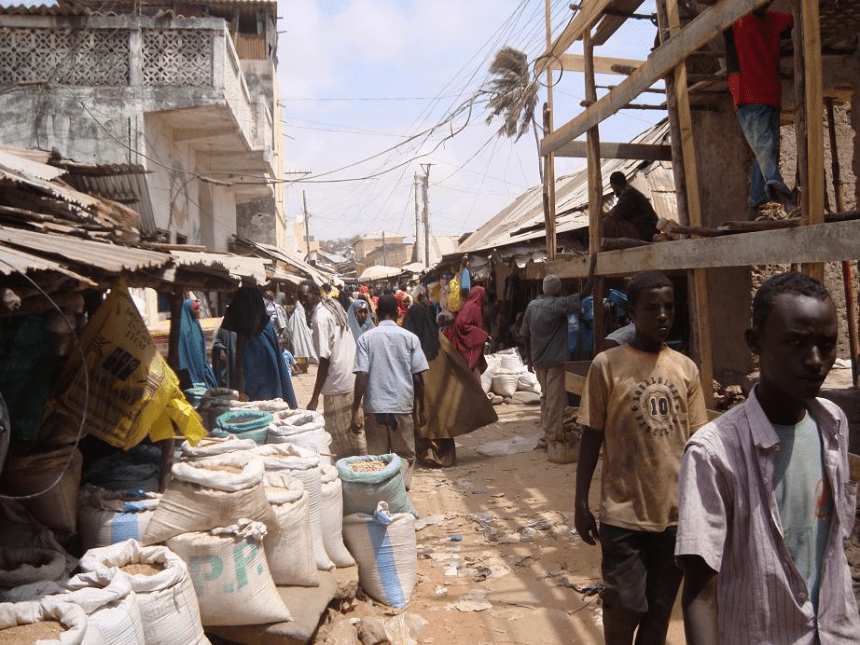
Through a lively hood intervention programme, the American Refugee Committee (ARC) is providing increased livelihood opportunity to 140 returnee and conflict-affected IDP households in Kismayo through the development of maritime market value chains.
The UN refugee agency said on Wednesday it has so far repatriated 2,048 refugees from Kenya to Somalia under the current voluntary return pilot project which kicked off in December 2014. The UN High Commissioner for Refugees (UNHCR) said in its biweekly update received in Nairobi that more refugees have expressed their interest to return home. The UNHCR said majority of the refugees returned to southern Somalia’s port city of Kismayo and with hopes of greater stability in Somalia, some IDPs and refugees from neighboring countries are spontaneously returning to their areas of origin.
“2,048 individuals (442 households) voluntarily returned to Somalia between the beginning of the return pilot project in December 2014 and March 31. The majority returned to Kismayo,” UNHCR said in the update. According to refugee agency, a total of 25 cases comprising of 87 individuals were submitted to Branch Office Nairobi for onward resettlement to the US, Denmark and New Zealand in mid March.
“21 new born babies and five spouses were added on to cases already in the US resettlement processing pipeline. 27 individuals departed Dadaab for onward resettlement to Sweden, US , Norway, France and Britain.
“The Swedish resettlement experts arrived in Dadaab on March 30 and conducted Cultural Orientation for refugees who will be resettled to Sweden,” it said. The move came after the German government last month provided 5. 5 million US dollars to support voluntary repatriation of refugees to Somalia.
The money was channeled to the Deutsche Gesellschaft für Internationale Zusammenarbeit (GIZ) to implement the project which will help to improve the livelihoods of returning refugees, IDPs and the local population in selected host communities. She said the project also symbolizes the return of German Development Cooperation to South and Central Somalia where the GIZ had been active until 2011 providing development-oriented transitional aid.
UNHCR has formed the Return Consortium, consisting of UN agencies and international NGOs in Somalia which promotes a standardized approach to assist returnees and seeks synergies to facilitate voluntary return, with the aim of safe and sustainable reintegration of returnees in Somalia.
According to UNHCR, the returnees received a return support package comprising of an unconditional cash grant, essential travel and hygiene kits for use during the journey home, tools, food and other basic needs assistance to support the sustainability of return and reintegration in Somalia.
Somali refugees in Kenya are estimated at 500,000 and the number has increased due to turmoil and recurrent droughts in the Horn of African nation which has been torn asunder by factional fighting since 1991 but has recently made progress towards stability.
The conflict has left some 1.1 million internally displaced persons (IDPs) and over 1 million more living in exile in neighboring countries, mostly in Kenya, Ethiopia and Yemen.
But with parts of Somalia showing signs of increasing stability, countries hosting Somali refugees are considering the potential to encourage them to return, while some Somalis have spontaneously decided to move back to areas under government control.
The Tripartite Agreement which was signed by Kenya, Somalia and UNHCR in November 2013 establishes a legal framework and other support for Somali refugees in Kenya who might eventually wish to return to their homeland.